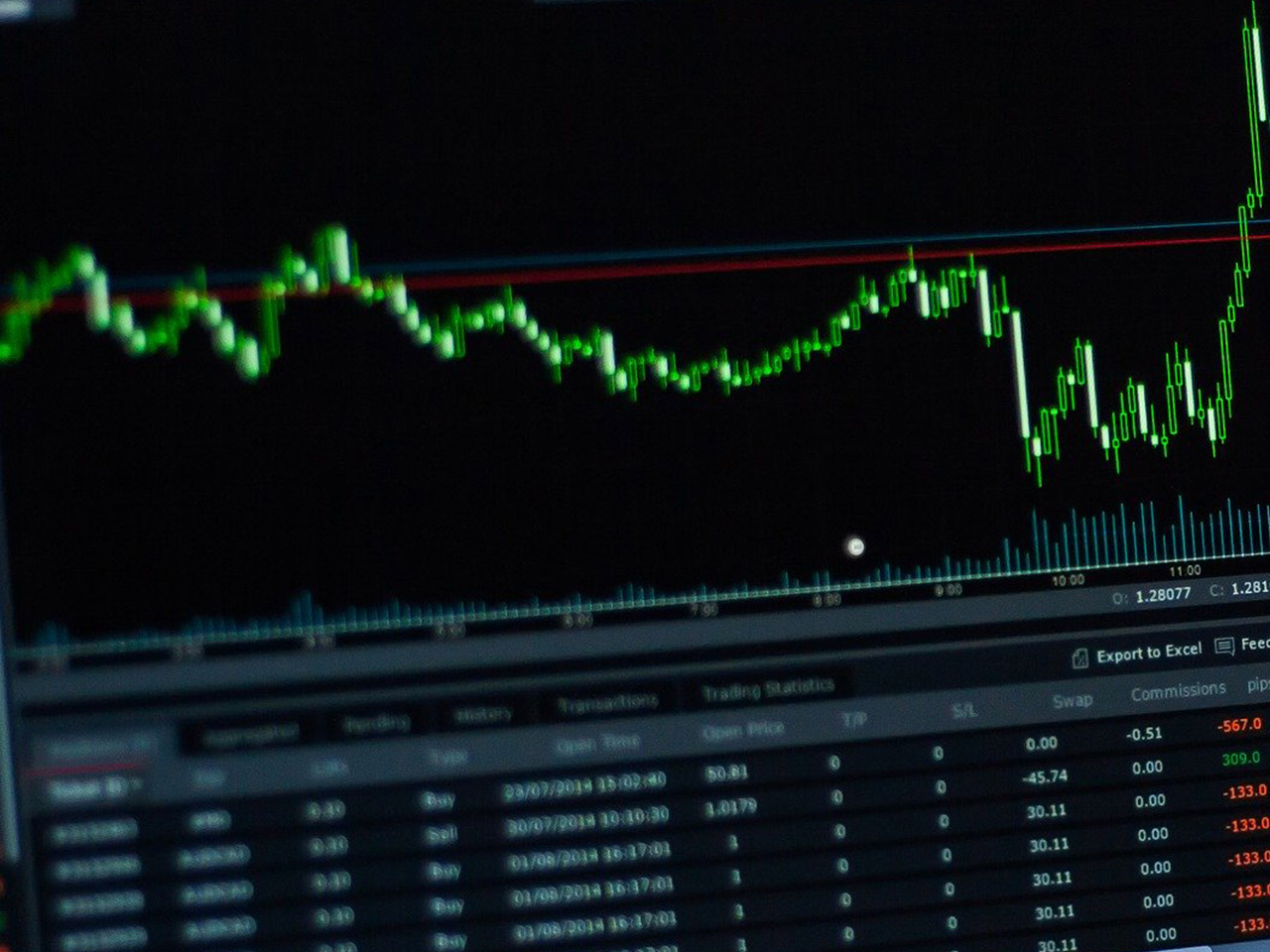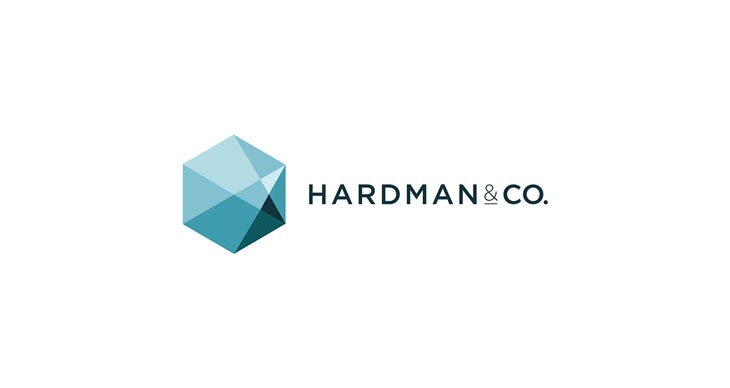Burberry Group PLC (BRBY.L), a stalwart in the luxury goods industry, continues to command attention in the consumer cyclical sector. Headquartered in London, this British institution, founded in 1856, remains a prominent player in the luxury market, despite facing various economic challenges. As of the latest data, Burberry’s market capitalisation stands at $4.2 billion, reflecting its substantial presence in the global luxury arena.
The current stock price of Burberry is 1170 GBp, positioned in a 52-week range between 571.00 and 1,371.50 GBp. This price reflects a modest increase of 56.50 GBp, a 0.05% change. Notably, the stock’s performance has demonstrated resilience, with the 50-day moving average at 1,197.46 GBp and the 200-day moving average at 1,002.50 GBp. However, the Relative Strength Index (RSI) stands at a low 20.10, indicating the stock may be oversold, which could attract value-focused investors.
Burberry’s valuation metrics present a mixed picture. The absence of a trailing P/E ratio, coupled with an extraordinarily high forward P/E of 2,828.27, raises questions about future earnings expectations. Such figures suggest potential volatility and uncertainty in earnings forecasts. The lack of a PEG ratio and other traditional valuation metrics further complicates a straightforward analysis, highlighting the need for investors to delve deeper into qualitative factors and market conditions.
Performance metrics paint a challenging outlook, as Burberry reports a revenue decline of 12.50% and a negative earnings per share (EPS) of -0.21. The return on equity is in negative territory at -7.23%, indicating inefficiencies in generating profits from shareholders’ equity. Despite these figures, Burberry’s free cash flow remains robust at £328.5 million, providing some cushion and flexibility for strategic investments and operations.
Dividend-seeking investors may find Burberry’s metrics less appealing, with the dividend yield currently not available and a payout ratio at a staggering 559.63%. Such a high payout ratio suggests that Burberry is distributing more than its earnings, a practice that is unsustainable in the long term without a turnaround in profitability.
Analyst sentiment is mixed, with six buy ratings, nine hold ratings, and three sell ratings. The target price range spans from 580.00 to 1,600.00 GBp, with an average target of 1,233.61 GBp, indicating a potential upside of 5.44% from the current price. This range of opinions underscores the uncertainty surrounding Burberry’s future performance.
Investors should also note the technical indicators, with the MACD at -28.94 and a signal line of -9.71, suggesting bearish momentum. These indicators, combined with the low RSI, might signal an opportune entry point for contrarian investors betting on a potential reversal.
Burberry operates through a diversified business model encompassing retail, wholesale, and licensing across multiple regions, including Asia Pacific, Europe, the Middle East, India, Africa, and the Americas. This global footprint and the brand’s iconic status in luxury fashion could play a crucial role in navigating through current challenges and capitalising on emerging market opportunities.
While Burberry Group PLC faces significant hurdles, particularly in terms of revenue growth and profitability, its strong cash flow and established brand presence provide a foundation for recovery. Investors should weigh the risks associated with its current financial health against the potential for a strategic turnaround, driven by its global reach and brand equity. As always, keeping a close eye on market developments and company announcements will be crucial in assessing Burberry’s trajectory in the luxury goods sector.









































